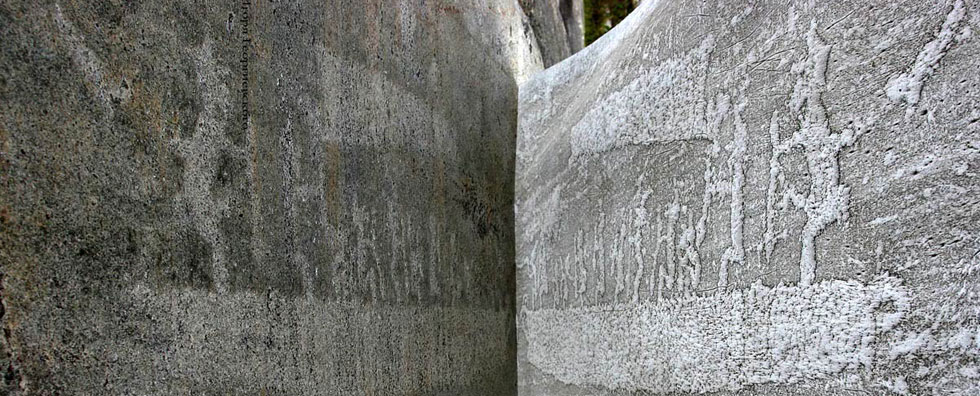
Issue №2, Vol. 15
Pekkoev A., Conanov A. Grade defects of pine and spruce roundwood from the northern and middle taiga of Karelia // Resources and Technology. 2018. №2, Vol. 15. P. 33‒44.
DOI: 10.15393/j2.art.2018.4121
Grade defects of pine and spruce roundwood from the northern and middle taiga of Karelia
| Pekkoev Alexey Nikolaevich | Forest Research Institute of the Karelian Research Centre of the Russian Academy of Sciences, pek-aleksei@list.ru |
| Conanov Artem | PJSC «Solomenskiy lesozavod», tkononov@yandex.ru |
|
Key words: sawmilling roundwood conifers defects of trunk and wood |
Summary: Practical experience in sawmilling demonstrates that such defects as faulty trunk shapes, large limbs, fungal damage, chemical stains, checks, or mechanical damage may affect the wood grading and the final product value. The aim of this paper is to study the frequency of grade defects occurrence in the timber delivery lots supplied to one of Karelia’s leading wood-processing enterprises – Solomenskiy Lesozavod PJSC. The object was round wood of the main Karelian forest species (pine and spruce), harvested in the northern and middle taiga subzones of Karelia. According to the analysis of grade defects in pine, the main kinds of defects downgrading the timber from middle taiga are sweep and crooks, large limbs, rot. The grade of saw logs from the northern taiga is lost mostly because of blue stain and rot. Spruce saw timber had nearly equal shares of sweep and rot, irrespective of the harvesting location. On the ground of the results, recommendations were suggested to logging companies on how to improve crop profitability, and advice was given to wood processing enterprises on pine and spruce timber acceptance procedure and selling the sawn products. |
Displays: 1439; Downloads: 880;




